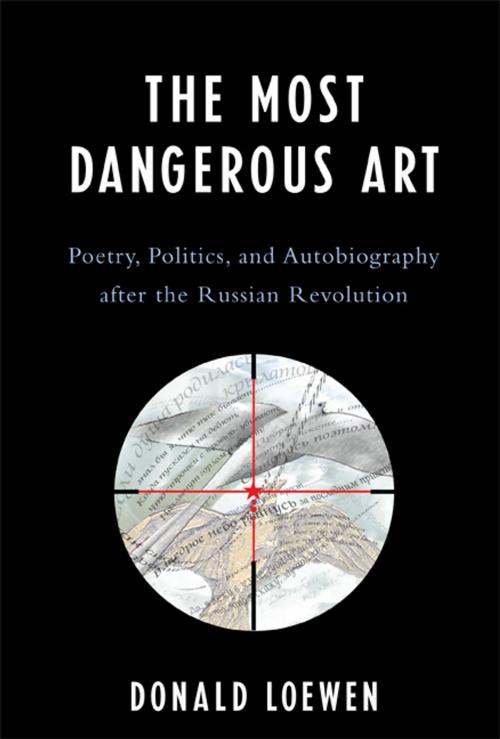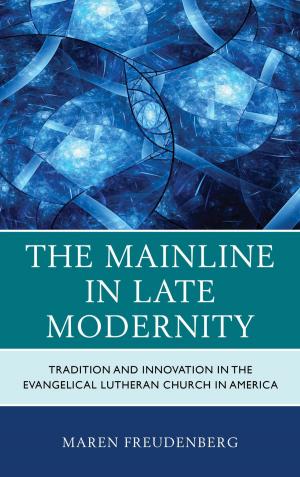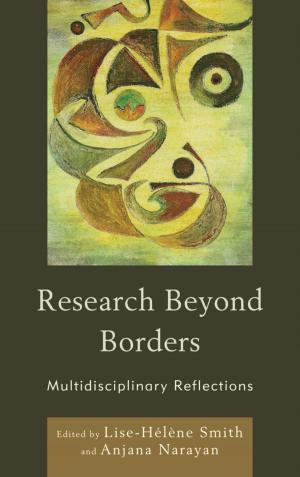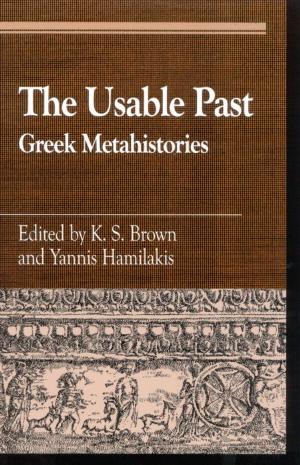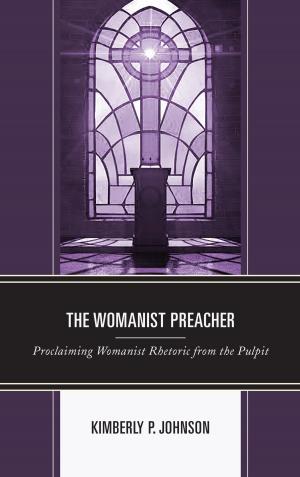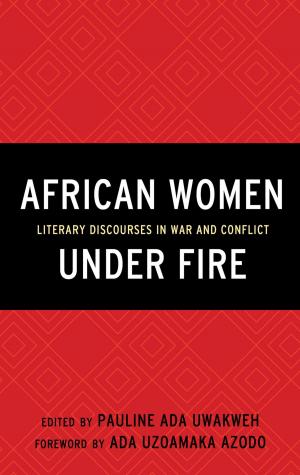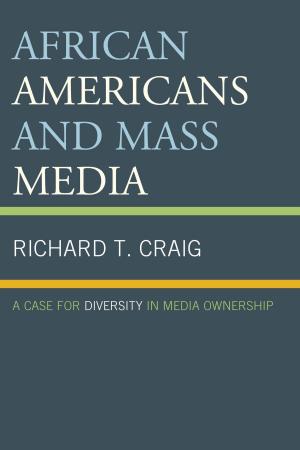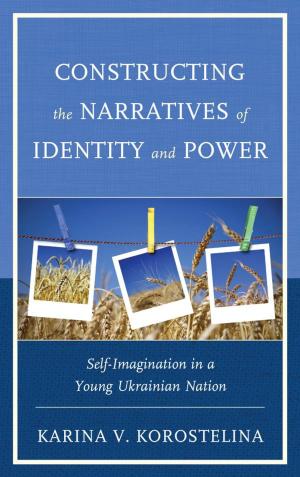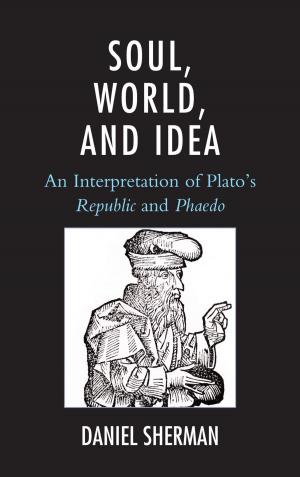The Most Dangerous Art
Poetry, Politics, and Autobiography after the Russian Revolution
Fiction & Literature, Literary Theory & Criticism, European, Russian, Nonfiction, History, Asian, Russia| Author: | Donald Loewen | ISBN: | 9780739157909 |
| Publisher: | Lexington Books | Publication: | December 5, 2007 |
| Imprint: | Lexington Books | Language: | English |
| Author: | Donald Loewen |
| ISBN: | 9780739157909 |
| Publisher: | Lexington Books |
| Publication: | December 5, 2007 |
| Imprint: | Lexington Books |
| Language: | English |
At a time in Russia's history when poets could be (and sometimes were) killed for a poem, the autobiographies of three prominent poets, Osip Mandelstam, Marina Tsvetaeva, and Boris Pasternak, became a courageous defense of poetry. The Most Dangerous Art shows how these autobiographies trace an emotional trajectory that corresponds to the intensity of the social and state pressures that threatened Russian poets from the early 1920s to the late 1950s. During a period when literature became intensely political, and creative freedom became intensely risky, these autobiographies proclaim poetry's immortality and defend the poet's right to individual creativity against an increasingly threatening Soviet literary hierarchy. Donald Loewen provides detailed close readings of these biographies and juxtaposes these readings with historical context. The Most Dangerous Art is an illuminating contribution to the study of Russian literature. The volume is of special interest to researchers of 20th century Russian literature and autobiography.
At a time in Russia's history when poets could be (and sometimes were) killed for a poem, the autobiographies of three prominent poets, Osip Mandelstam, Marina Tsvetaeva, and Boris Pasternak, became a courageous defense of poetry. The Most Dangerous Art shows how these autobiographies trace an emotional trajectory that corresponds to the intensity of the social and state pressures that threatened Russian poets from the early 1920s to the late 1950s. During a period when literature became intensely political, and creative freedom became intensely risky, these autobiographies proclaim poetry's immortality and defend the poet's right to individual creativity against an increasingly threatening Soviet literary hierarchy. Donald Loewen provides detailed close readings of these biographies and juxtaposes these readings with historical context. The Most Dangerous Art is an illuminating contribution to the study of Russian literature. The volume is of special interest to researchers of 20th century Russian literature and autobiography.
